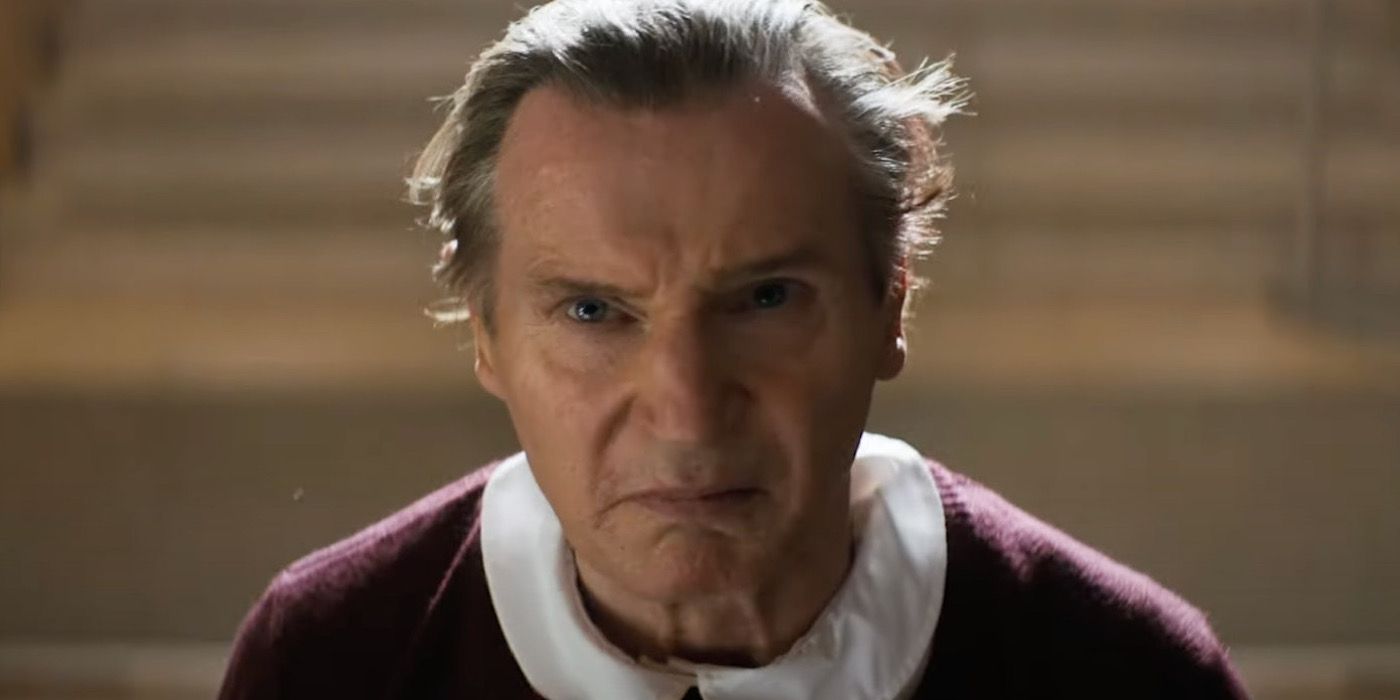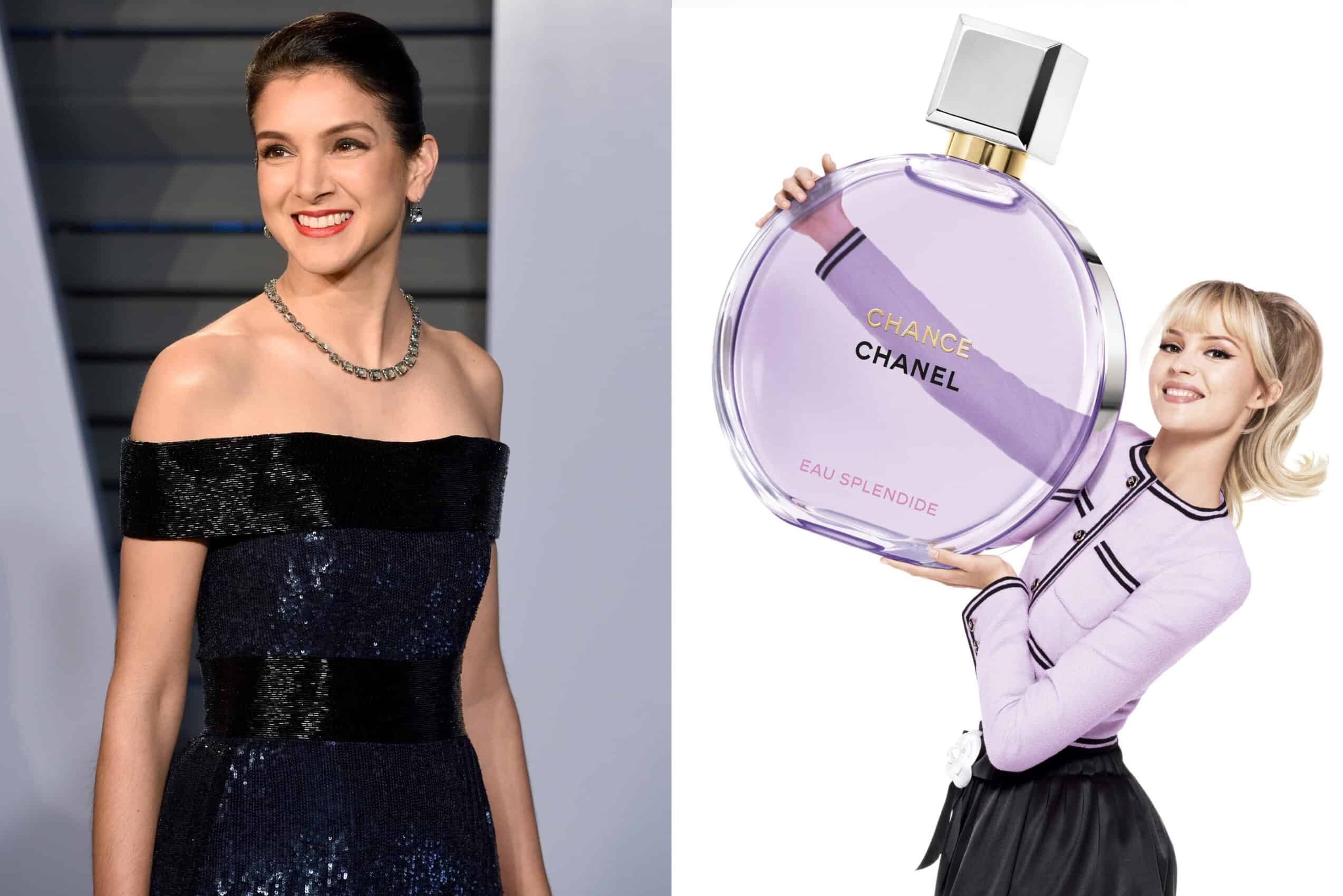Donald Rugoff was a pivotal player in that transformation, yet Deutchman, who worked for him, worries that today he is completely forgotten. Actually that is only partly true. For some of us who were among those young cinephiles back then, the names of Rugoff and his company Cinema 5 are remembered and still resonate. It’s the generations that came after who may need the history lesson that “Searching for Mr. Rugoff” so eloquently and entertainingly provides.
According to the numerous former associates and acquaintances Deutchman interviews, Rugoff was a character with a capital C, a brutal boss who commanded both terror and devotion, a consummate vulgarian who would wolf down deli sandwiches that left trails of mustard running down his shirts. Yet the great paradox he represented was that a man of such bad taste personally could have truly brilliant taste in movies and a nigh-unto-genius sense of how to connect them to audiences.
Of course, the art film had already established a firm beachhead with urban cinephiles in the ‘50s, the decade that brought to American shores the monochrome austerities of Bergman, Kurosawa and early Fellini. And the worldwide upsurge of brainy, idiosyncratic “new cinemas” launched by the French New Wave in the early ‘60s had resulted in college campuses bristling with adventurous film societies and brand-new courses in cinema appreciation.
All that meant that the art film was ready to “go big” (or at least bigger than it had been) when Rugoff began to make his mark, and the key to his success was a combination of instinctive curatorial intelligence and bold, innovative showmanship. Interestingly, there was another element to his skill set that wasn’t shared by other important art-film impresarios before or since: a feel for architecture and urban design that led him to create a set of modernist cinemas on New York’s Upper East Side—Cinema 1 and 2, the Sutton, the Beekman, the Plaza, the Paris—that served as temples of cinema’s new sensibility.
In a sense, Rugoff grasped that cinema’s turn in the late ‘60s was part of a movement that implied the medium had become part of a whole new cultural environment. And his tastes both reflected and shaped the interests of the emerging audiences who gravitated toward these spaces and the works they housed. Under his aegis, the art film became more diverse, more American and more youth-oriented. No longer did the most exciting films issue only from European eggheads. The new environment was broad enough to embrace the scabrous satire of Robert Downey’s “Putney Swope,” the transgressive heroin and sex mélange of Paul Morrissey’s “Trash,” and the Rolling Stones’ Altamont flameout captured in the Maysles Brothers’ and Charlotte Zwerin’s “Gimme Shelter.”
You can view the original article HERE.





























